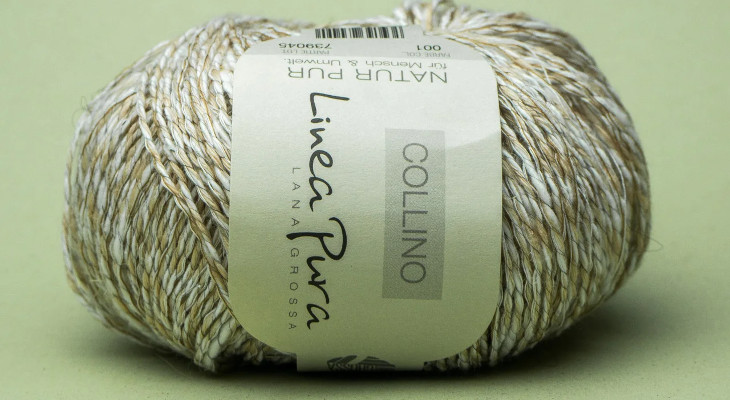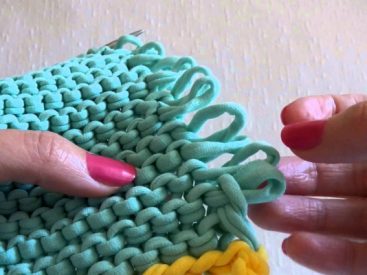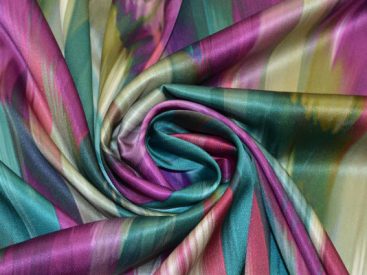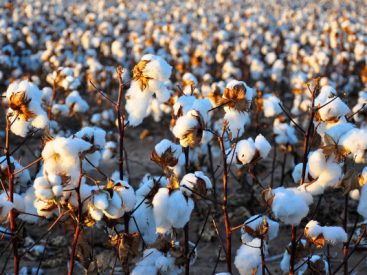Due to the high strength of the fibers, flax has been used for sewing clothes since ancient times, with the subsequent dyeing with onions or ash. Shirts, sarafans, ribbons, household and medical fabric — all these were woven from linen. Linen fabrics remain popular in the production of clothing, bags, and household items even today.
Such a widespread application has to do with such features of flax fibers as:
- Durability.
- Hypoallergenicity. It does not cause allergic reactions.
- Dirt-repellent properties. Linen products are resistant to contamination.
- High tensile strength.
- Resistance to shrinkage.
- Thermoregulatory properties. Linen clothes have a warming effect at low temperatures and a cooling effect at high temperatures.
- High hygroscopicity. Linen fabrics absorb water well.
- Environmental friendliness. It is a safe material without the addition of toxic substances.
Among the disadvantages, the following should be noted:
- Wrinkles. Products made of linen fabrics are very wrinklable and poorly ironable.
- A faded color palette. The very fiber structure makes it impossible to ensure the bright colors of linen products. Regardless of the dyes used, the colors will be pale.
- Coarseness. Linen fabrics are rough to the touch.
To soften the fabric and reduce creasing, linen fibers are mixed with cotton or viscose.




